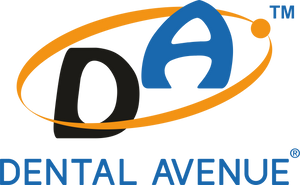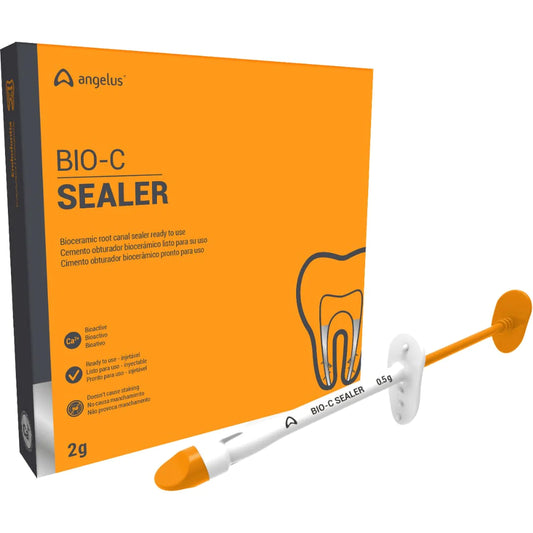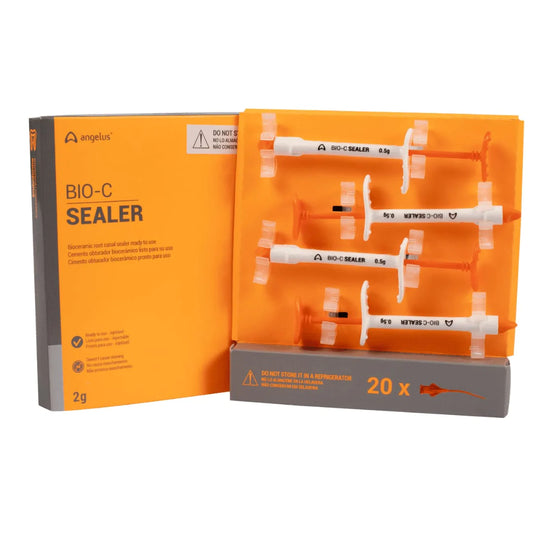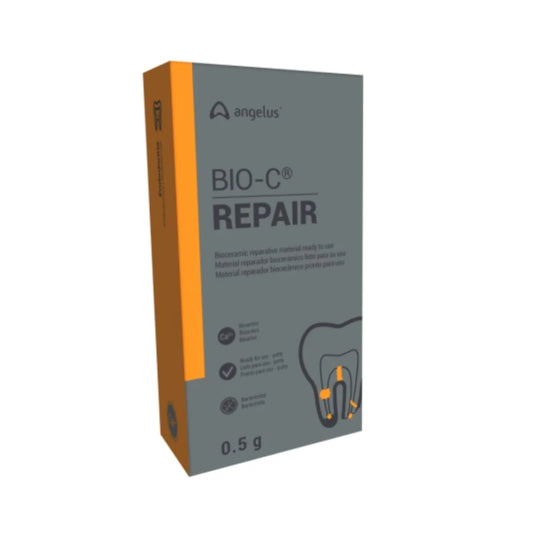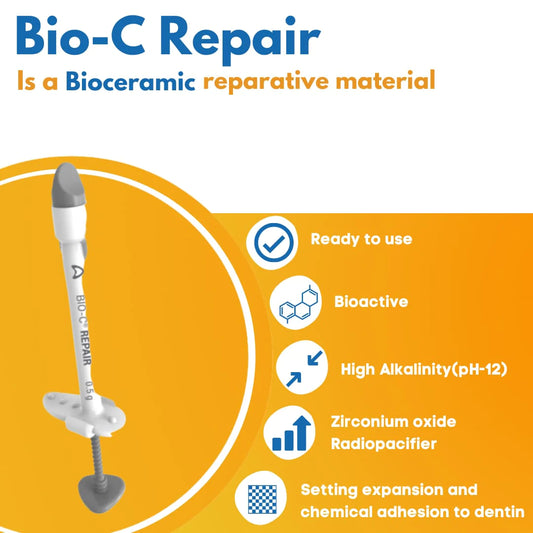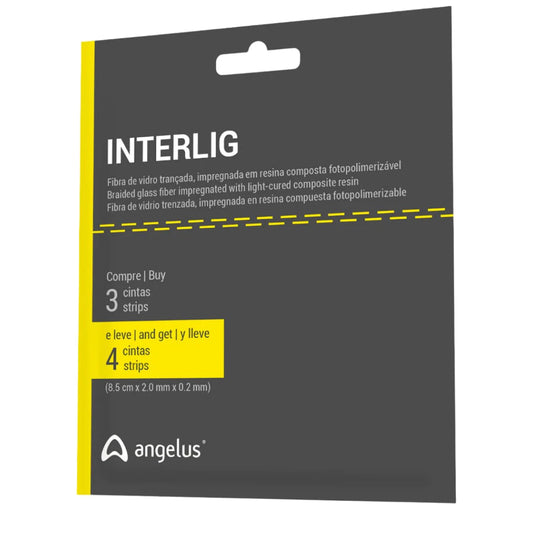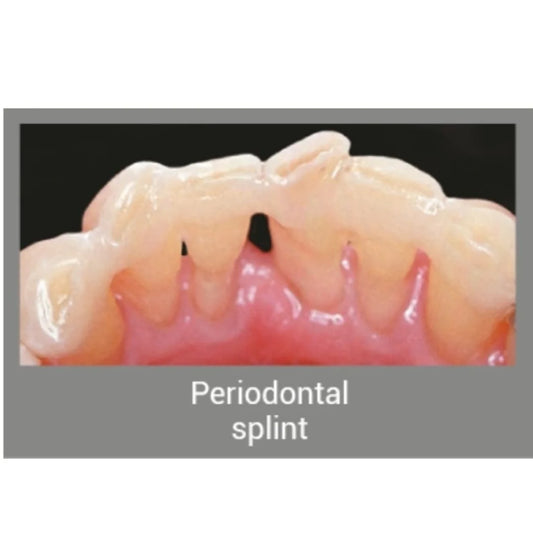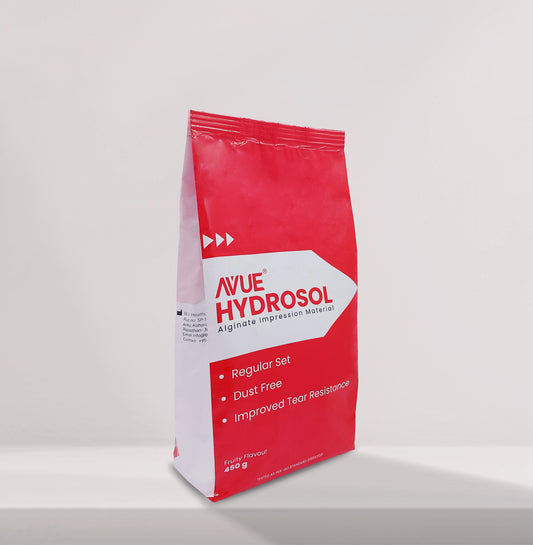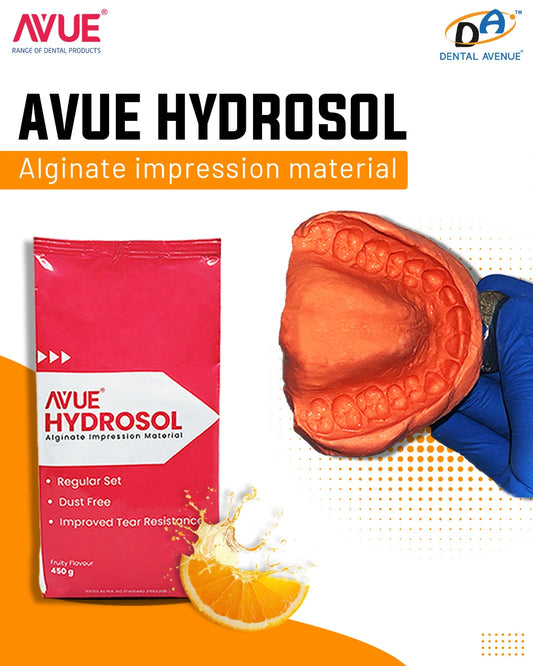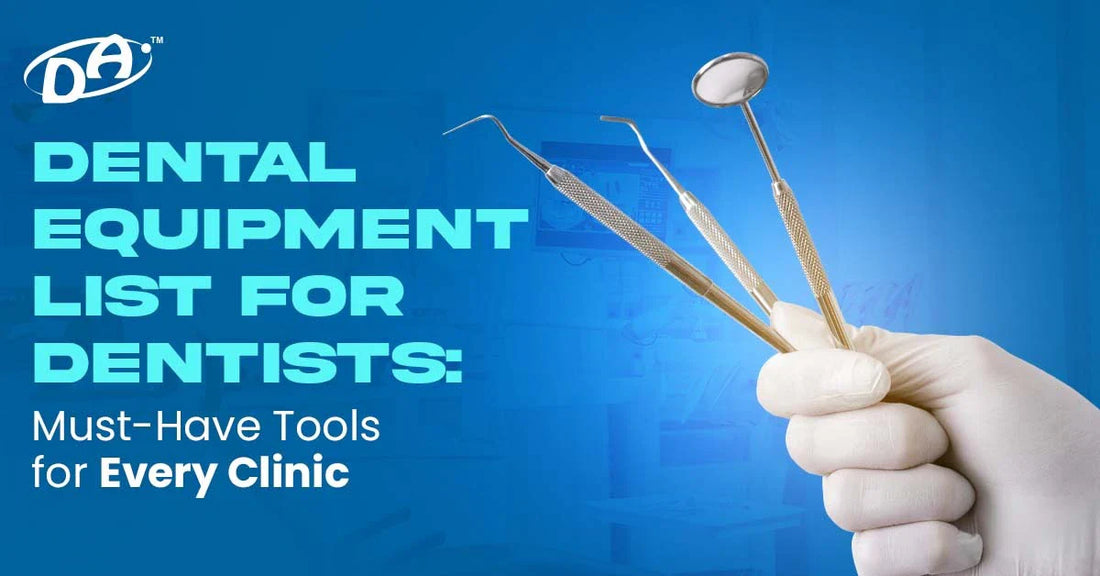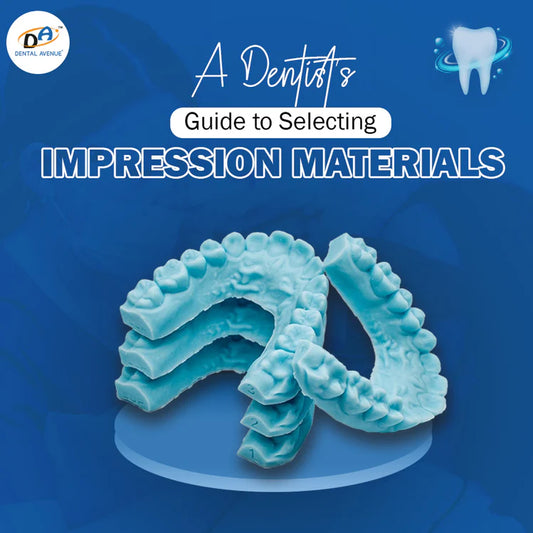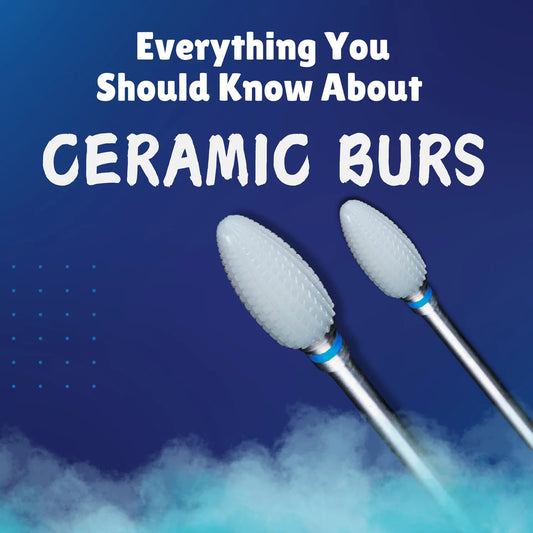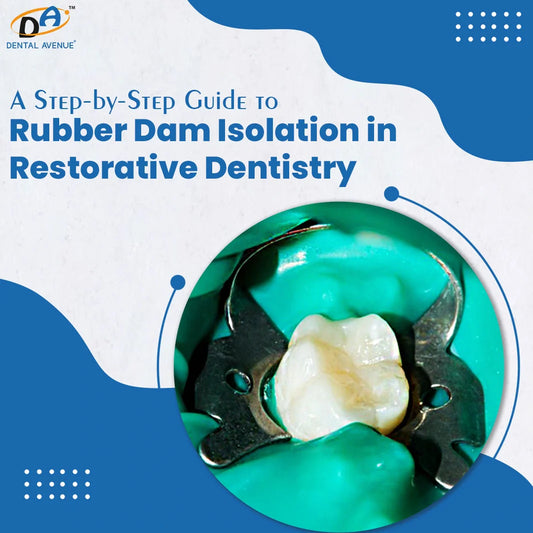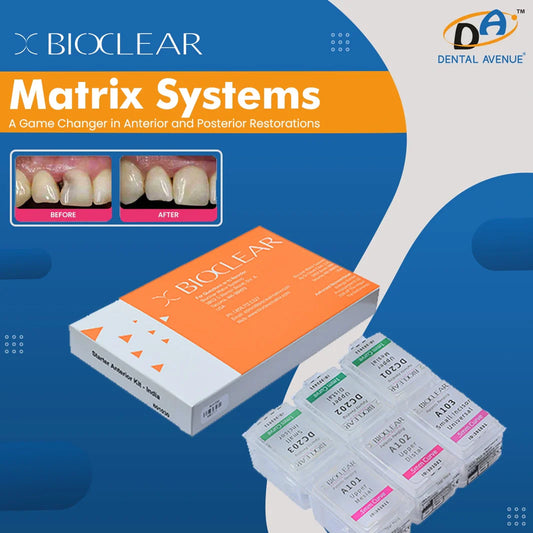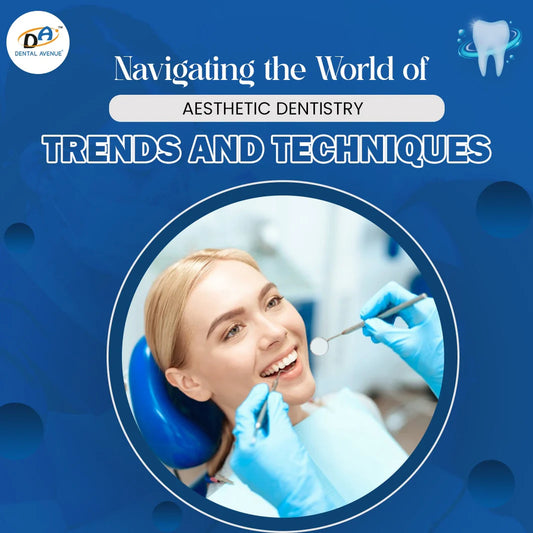One of the first impressions in any dental clinic is the operational setup and advanced & high-tech dental equipment.
Dental equipment is the backbone of any dental office. A top-notch clinic will feature adjustable, ergonomic seats, ample cabinetry, and auxiliary stools so the dentist and hygienist can work efficiently.
Here’s your up-to-date dental equipment list to ensure no essential piece is overlooked, from chairs and lights to trays and supply carts.
Complete Dental Instruments Names List
Operational Setup
A functional operator requires several core elements. For example, your operatory should include:
-
A fully-featured patient chair (programmable for height/position).
-
A high-intensity overhead operating light for clear visibility.
-
An integrated cuspidor (spittoon) and suction system for patient use.
-
Ample cabinetry or mobile carts to organize supplies and instruments.
-
Ergonomic stools for the dentist and assistant (with lumbar support).
Choose chairs with adjustable headrests and proper padding to ease patient anxiety, and ensure lights have adjustable arms for precise procedures.
Basic Dental Equipment List
When it comes to basic instruments, every dentist’s tray needs core tools. A well-rounded dental instruments names list typically includes:
-
Mouth mirror
-
Explorer/Probe
-
Cotton pliers/tweezers
-
Scaler and curettes
-
Excavator
-
Extraction forceps and elevators
Each tool has a specific role: the mirror reflects light and views teeth, a probe checks for cavities and measures gum pockets, and forceps grasp and hold tissue or small objects. Keeping these basic instruments organized and in good condition ensures you can handle routine exams and hygiene visits without interruption.
Diagnostic & Imaging Equipment
Diagnostic and imaging equipment are game-changers for accurate treatment planning. Modern clinics use digital intraoral X-ray sensors and panoramic (OPG) X-ray units to capture crisp tooth and jaw images.
Your imaging setup might include:
-
Intraoral digital X-ray sensor (with chair-side software).
-
An intraoral camera (a small camera to capture real-time images in the patient’s mouth) is used.
These tools provide high-resolution images that reveal issues invisible to the naked eye.
Handpieces and Scalers
Most dental procedures depend on drills and cleaning devices, so stocking handpieces and scalers is essential.
Key items include:
-
High-speed air-turbine handpieces (with water spray cooling).
-
Low-speed contra-angle handpieces (for prophylaxis and polishing).
-
Electric micromotor handpiece system (for endodontics or lab work).
-
Ultrasonic scaler (for hygiene cleanings).
-
LED curing light (to harden composite fillings quickly).
For instance, dentists use high-intensity curing lights (LED or halogen) to polymerize resin fillings in seconds. A backup curing light or two is wise, as they are used virtually every restorative visit.
Sterilization & Hygiene
Infection control equipment is non-negotiable. At a minimum, your clinic must have:
-
An autoclave (steam sterilizer) to sterilize instruments – this prevents any disease transmission.
-
An ultrasonic bath or washer-disinfector (for pre-cleaning instruments).
-
Surface disinfectants and sterilization logs for trays and rooms.
-
Personal protective equipment (gloves, masks, face shields) and disposable barriers.
These sterilization measures are essential for preventing the spread of infection and are legally required. Sterilization equipment must meet safety standards to protect patients and staff. Regular maintenance (and biological spore testing) keeps your dental equipment reliable.
Air, Water & Suction
Don’t overlook the utilities that power your practice. You need:
-
A dedicated dental air compressor (ideally oil-free) to run handpieces
-
Air-water syringes
-
Both high-volume and saliva suction units to clear the oral cavity.
-
An amalgam separator on the vacuum line to capture metal waste.
-
Ensure your dental unit has a clean water supply. The best practice for patient safety is to use a water filtration or reverse osmosis system.
Materials & Consumables
Beyond tools and machines, stocking a complete range of materials and supplies is key. You must have everything that goes into the patient’s mouth or needs frequent replacement. Your supplies should include:
-
Restorative materials: composite resin (multiple shades), dental amalgam (if used), glass ionomer cement.
-
Cement and adhesives: permanent cement, bonding agents, etching gels.
-
Impression materials include alginate for study models, border moulding, and silicone/vinyl polysiloxane for final impressions.
-
Prosthetic materials: gypsum (plaster and stone) for casts and bite registration material.
-
Medicals: anaesthetic cartridges, syringe, hemostats.
-
Consumables: cotton rolls, gauze, suction tips, face-bow, Articulating Papers, etc.
-
Matrix systems
-
Irrigation solutions
-
Preventive materials like fluoride gels and Sealants
-
Finishing and polishing kits
-
Endodontic supplies - Endodontic files, Gutta Percha, Paper Points, Root canal Sealants, and Irrigants
A typical dental materials list includes all of the above, along with gloves, masks, bibs, and patient-protection items.
Advanced Equipment (High-Tech)
As technology advances, consider advanced equipment that boosts your service.
Many practices now use:
-
In-office CAD/CAM systems, a digital impression scanner and a milling unit can produce same-day crowns.
-
3D printers can fabricate surgical guides or denture bases.
-
Dental lasers (e.g. diode lasers) provide precise tissue cutting or disinfection with patient comfort.
Clinic Design & Ergonomics
Don’t forget the ergonomics and design of your office.
-
Good lighting and a calm environment
-
Task lighting over treatment chairs should be bright but glare-free
-
Softer ambient lighting in waiting areas can reduce anxiety.
-
Chairs and stools with proper back support protect you from strain over long days.
-
The flooring should be easy to clean and slightly cushioned (to make it easy to stand).
-
Comfortable waiting-room chairs and informative displays help patients feel at ease.
Dental Products from Dental Avenue
Dental Avenue Deals in:
-
General Dentistry Equipment
-
Aesthetic Dentistry Equipment
-
Dental Restoratives
-
BURS
-
Prosthodontics
-
Endodontics
-
Impression materials
-
Pedodontics
-
Other dental products, instruments & equipment
Final Takeaway
When you plan to start your dental clinic or setup, this list will ensure that you are not lagged and have everything that works for you and your patients. You can ensure smooth operations and high-quality care according to your practice's needs.
Recommended Read - Types of Dentures: Clinical Insights and Innovations in Prosthodontics
It is always advisable to invest in both essentials and smart technology, as well as up-to-date materials and consumables. Each piece of equipment plays a role in patient safety, comfort, and the efficiency of your procedures.
With the right setup in place, your practice is ready to deliver excellent dentistry daily.
Frequently Asked Questions (FAQs)
- A dental chair
- Sterilization units (autoclave, ultrasonic cleaner)
- Diagnostic tools like mouth mirrors and periodontal probes.
- Mouth mirrors
- Dental probes/scalers
- Dental X-ray machines (digital RVG or traditional)
- Intraoral cameras
- Diagnostic lasers
- High-speed and low-speed handpieces
- Air-driven turbines
- Electric micromotor handpieces
- Contra-angle attachments for drilling, polishing, and surgical procedures.
- Autoclaves
- Ultrasonic cleaners
- Sterilization pouches
- Air/water syringes
- PPE (gloves, masks, gowns)
- Water and air quality systems (like RO units, suction pumps) are also vital.
- Cost vs. ROI
- Impact on patient experience
- Ability to attract quality dentists
- Operational cost savings
- Fit with clinic design and staff usability.
